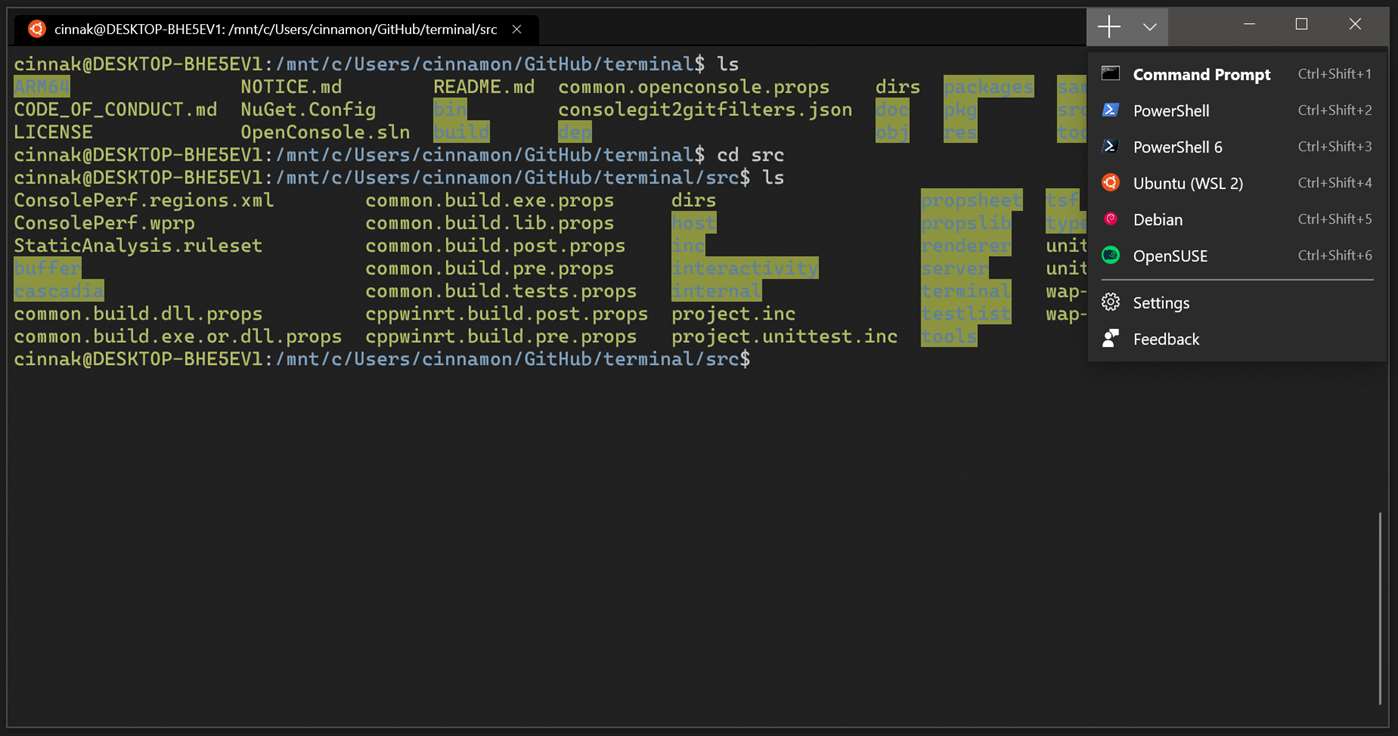

- #OPEN TERMINAL WINDOWS 7 HOW TO#
- #OPEN TERMINAL WINDOWS 7 FULL#
- #OPEN TERMINAL WINDOWS 7 WINDOWS 10#
- #OPEN TERMINAL WINDOWS 7 PC#
#OPEN TERMINAL WINDOWS 7 HOW TO#
For example, del /f "Read Only Test File.txt": How to delete folders with the rmdir command To get around this, use the /f flag to force delete the file. Sometimes files are marked as read only, and you'll see the following error when you try to use the del command: How to force delete files with the del command So you could just type in del test, press the tab key, and Command Prompt will change it to del "Test File.txt". Be very careful where and how you use this command.Īfter that, you can run tree /f to confirm that your file was deleted:Īlso, bonus tip – Command Prompt has basic autocompletion. Note: Any files deleted with the del command cannot be recovered. There may be a prompt asking if you want to delete the file. To delete a file, use the following command: del "".įor example, to delete Test file.txt, just run del "Test File.txt". You can use the command tree /f to see a, well, tree, of all the nested files and folders: I've prepared a directory on the desktop called Test Folder. Now that Command Prompt is open, use cd to change directories to where your files are. The only difference is that you may not be able to delete some protected files, which shouldn't be a problem in most cases. You can open a normal Command Prompt window by clicking "Open" instead of "Run as Administrator". If you can't open Command Prompt as an administrator, no worries. To open Command Prompt, press the Windows key, and type in "cmd".Īfter that, you'll see a Command Prompt window with administrative privileges: Screenshot of Command Prompt window If you're already familiar with basic DOS commands, feel free to skip ahead. In this quick tutorial we'll go over how to open Command Prompt, some basic commands and flags, and how to delete files and folders in Command Prompt. Now, I believe you already have known how to perform a system restore from command prompt Windows 10/7.Sometimes it's just faster to do things with the command line. After that, your computer should be restored to an earlier state and fix this issue. Then confirm your restore point by clicking the Finish button. In the list of all system restore points, select the Restore point that you prefer to and click the Next button.


The system restores window will pop up immediately, click Next to continue. In the pop-up window, type rstrui.exe command and hit Enter. Press Win + R keys to open the Run dialog box, and then type cmd in it and press Ctrl + Shift + Enter keys to open the elevated command prompt that will grant you an administrator privilege.
#OPEN TERMINAL WINDOWS 7 WINDOWS 10#
After that, you can follow the steps below to perform the Windows 10 system restore from command prompt.
#OPEN TERMINAL WINDOWS 7 PC#
Before you do, you can read this post to boot your Windows 10 PC from Safe Mode.

This process is similar to do on Windows 7. Read More How to Perform System Restore from Command Prompt Windows 10 Now, let’s see how to perform sys restore command on Windows 10 and Windows 7. This is because, as you know, the fake antivirus programs and ransomware infections may block the Safe Mode of your operating system.Īt this time, you have to run system restore from command prompt. However, performing a system restore is not an easy operation. So, when you encounter the ransomware attacks, you may need to restore system. Besides, you can use this feature when some ransomware attacks your computer and damage the system files.
#OPEN TERMINAL WINDOWS 7 FULL#
MiniTool will walk you through a full guide to perform a system restore from command prompt on Windows 10 and Windows 7. Do you know how to start a system restore from command prompt? If you are trying to figure it out, come to this post.


 0 kommentar(er)
0 kommentar(er)
